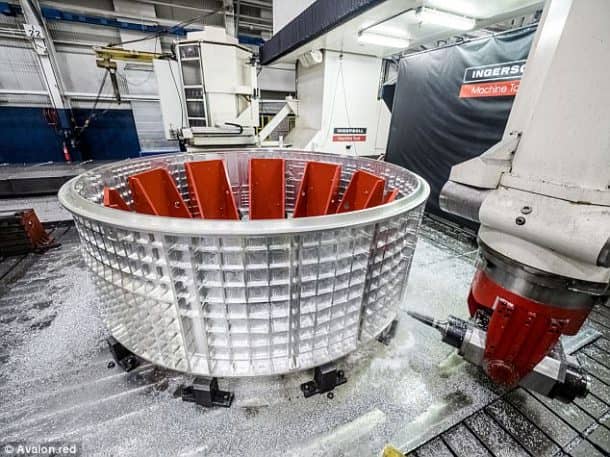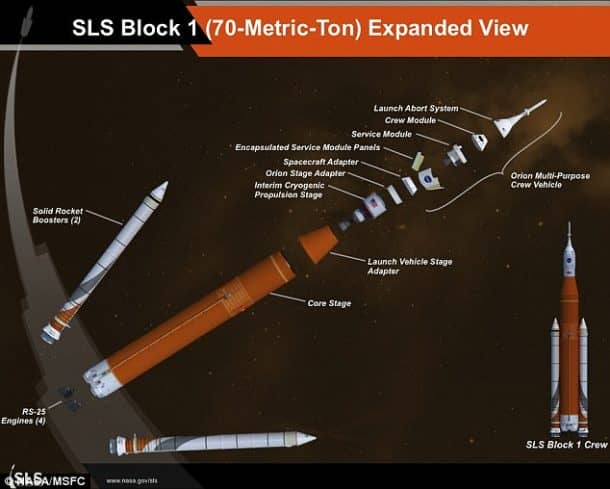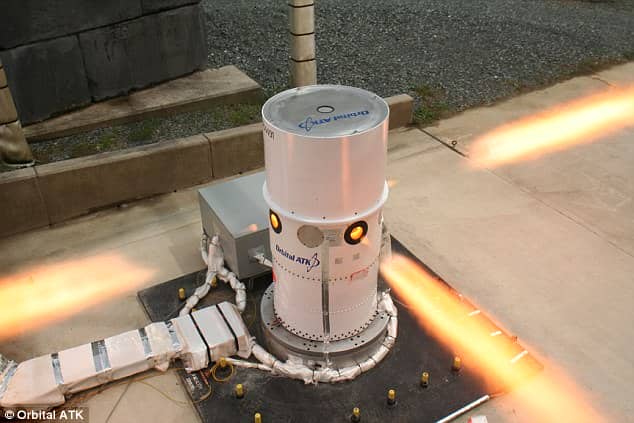While the lives of the astronauts seem all glamorous and all glitzy ritzy, the fact is that their jobs are one of the most dangerous ones out there. Stepping into a metal structure with tons of flaming fuel burning underneath and to go into a gaping vacuum where the slightest mistake will quite literally be your last, it’s something none of our job descriptions could ever match. And then there’s one small issue of dodging the millions of rogue asteroids, you know those speeding chunks of rock and ice, hurling your way at killer velocities.

But without a doubt, the most treacherous part of a space mission is its launch, as we saw with the SpaceX Falcon 9 explosion just a few months ago. So to make sure that the dedicated astronauts have at least a fighting chance in case something goes wrong during a launch, NASA has just revealed their latest emergency scenario Launch Abort System that will be part of their Mars-bound Orion spacecraft.
http://www.dailymail.co.uk/sciencetech/article-4474188/NASA-tests-Orion-motor-save-crew-emergency.html#v-9008341549323366953
The life-saving abort system will activate within milliseconds and steer the crew module away from danger. NASA has completed the testing of the system along with its altitude control motor that that is equipped with eight valves and can exert up to 7,000 pounds of steering force in an instant!

The altitude control motor is one of the three installed in the Launch Abort System and uses a solid propellant gas generator with eight equally spaced valves placed around its three-foot-wide body to give it astounding steering ability.
NASA has also released footage of its first test fire that reveals how it can steer in any direction upon command and provides a critical safety enhancement for the space crew. The next challenge is to send the crew module’s barrel to NASA’s Michoud Assembly Facility in New Orleans and bring down its weight from the current 12,000 pounds to just 880 lbs.
We are edging closer to sending men to Mars each day!


